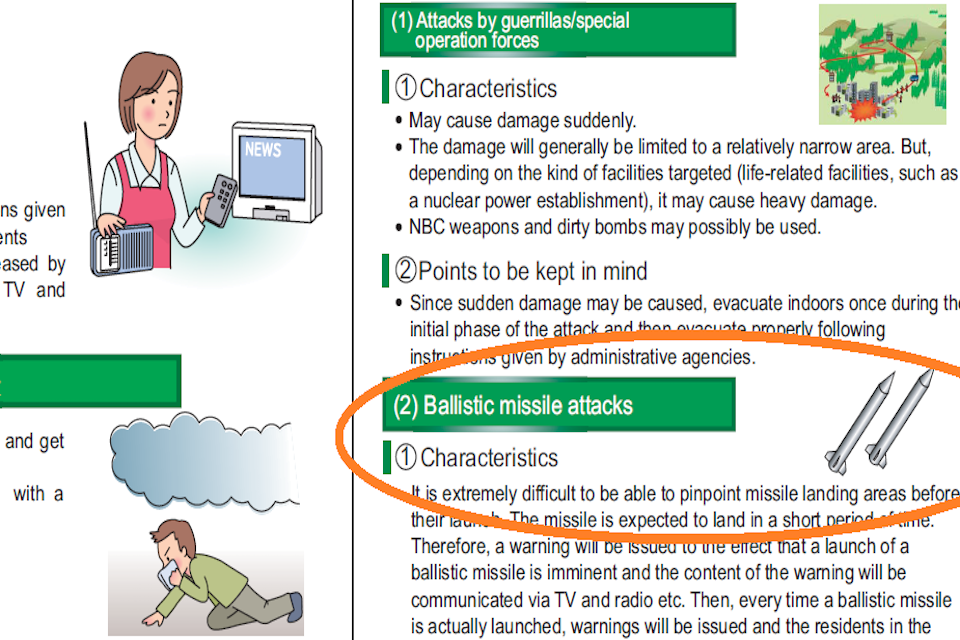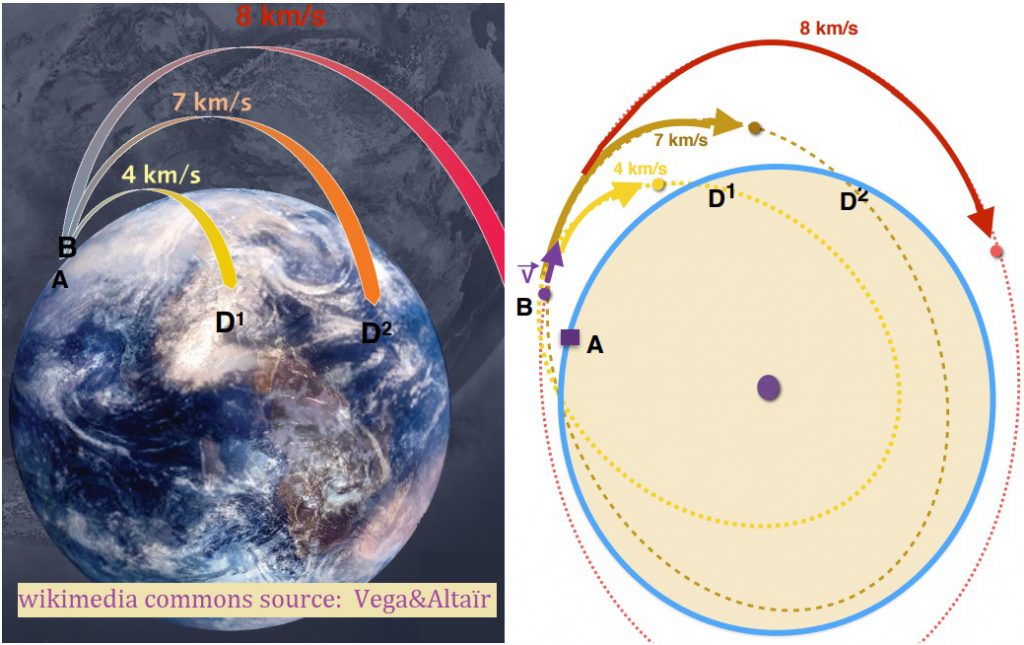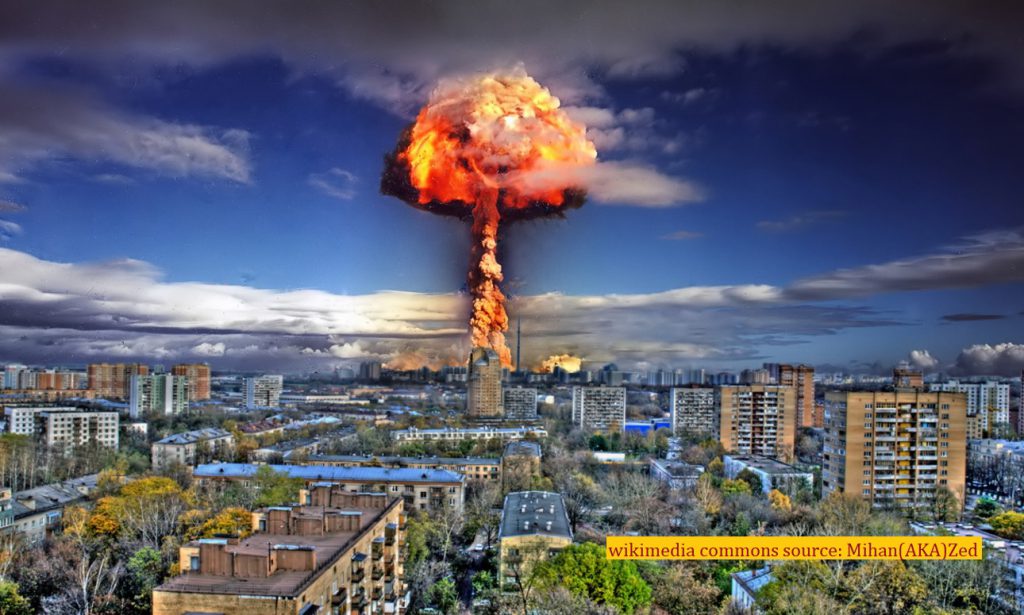03-6272-4372営業時間 9:00〜18:00
防災メディア

Preparedness – nuclear attacks
2017/10/03
The news headlines of August and September are threatening about the accelerating pace of nuclear weapons being created by North Korea’s military and political elites, along with the boastful language and disregard for all surrounding people inside and outside the country. Disaster planning and emergency management designed to respond to all hazards is a system for organizing expertise, equipment, and information to preserve lives, conserve property and environment, and to minimize any secondary harm caused after the initial event. Mostly the destruction comes from natural disasters, foreseen (such as approaching tropical storms or snow storms) or sudden events (earthquakes and/or tsunami, landslide, tornadoes or wildfire). But large-scale disasters of human technology or destabilizing the natural environment also fit within the all hazards approach to disaster response. Often the human technology failures or accidents come from a natural event like power surge, fire, or tornado. But a few disasters are premeditated crimes of disaster-size, either terrorist attack, or military attack using nuclear or non-nuclear weapons.
For legal experts, politicians, and military commanders it may be important to know if the destruction of life and property is intentional or accidental. And when the attacker begins a war, that puts more responsibility on the aggressor. But for ordinary citizens and local residents these questions of blame or documenting the crime are not so important. No matter what the circumstances, the destruction to the local people is the same. And for all hazards emergency managers, the work is much the same whether the attack comes in reaction to having first been attacked, or if the destruction comes with no provocation or warning and starts from the aggressor. A recent geography article shows scope of destruction mapped to specific cities.
Emergency managers need situational awareness and good communication with all responders and volunteers. Of course, a foreign military invasion puts the armed force defenders in the leading position; emergency managers and responders are secondary during the weapons exchange of fire. And with N-B-C (nuclear or biological or chemical) weapons there is contamination, as well as the explosive or fire damage.
There is helpful advice from the 2014 publication from the Japanese prime minister’s Cabinet Office (Naikakufu) Director General in English and Japanese about how to prepare and then what to do in case of military attack or terror event. The pdf booklet is called “Protecting Ourselves against Armed Attacks and Terrorism” and was first released in 2006 with revisions in July 2014.

method of public alerts for civil defense, www.kokuminhogo.go.jp/en/about/means.html
Psychologically, a nuclear missile attack is something like an erupting volcano (or multiple impacts similar to multiple volcanoes): it is deadly and makes some warning signs. The radius of destruction is smaller than earthquake or tsunami. And there could well be cascading, secondary effects, too. The radioactive contamination makes this disaster different to a volcano, though. So emergency managers and responders need to take precautions. Residents also need understandable and correct information about minimizing their exposure during the first 48 hours. By putting the danger of nuclear missile attack (or terrorism detonation) into the wide framework of “all hazards” emergency management, it seems to be less dreadful compared to the other (natural) disasters.
An additional danger with nuclear explosion comes from high altitude detonation to make an artificial E.M.P. (electromagnetic pulse) to damage or disrupt electrical production and networks of distribution for electronic equipment. Some governments like the USA, UK, and Israel have started to make plans for this kind of power loss for weeks or months. But at the level of individual emergency managers, perhaps a system-wide catastrophe like this has not been put into the all hazards planning pages. With a blast high in the air it might seem that explosive destruction is reduced, but by cutting off electricity the result can kill many people who depend on electronic devices and services, too.
So the message for emergency managers is to prepare personal protective gear (N-B-C contamination). And the message for residents and businesses is to avoid outdoor air and touching surfaces for 48 hours. Having food and water that is not contaminated, as well as having a radio with batteries, is a basic preparation to start with.
サイエンスクラフトとは...
サイエンスクラフトは防災計画の作成や防災訓練支援を数十年に渡って行っているコンサル会社です。お問い合わせはこちらまで。






